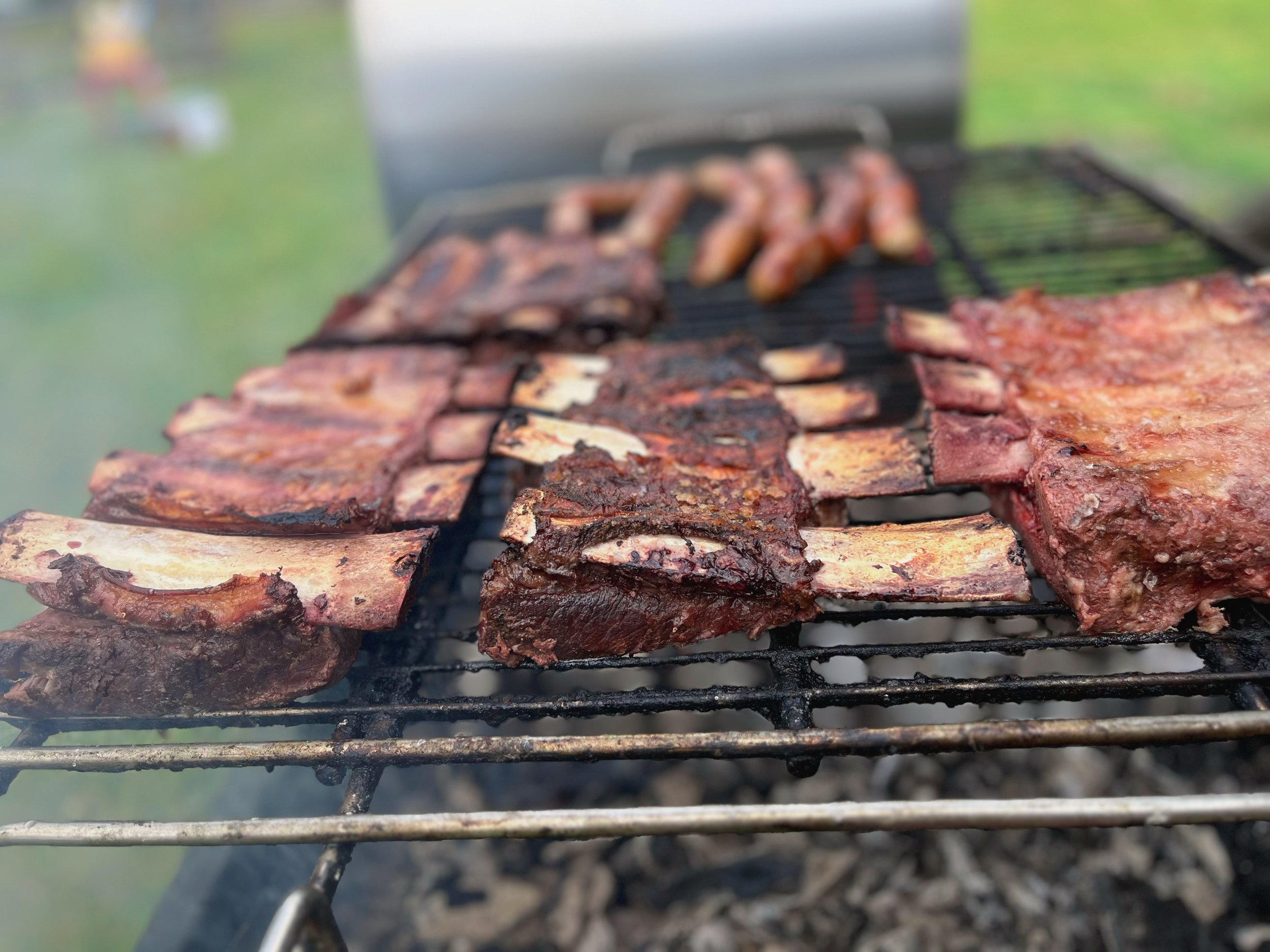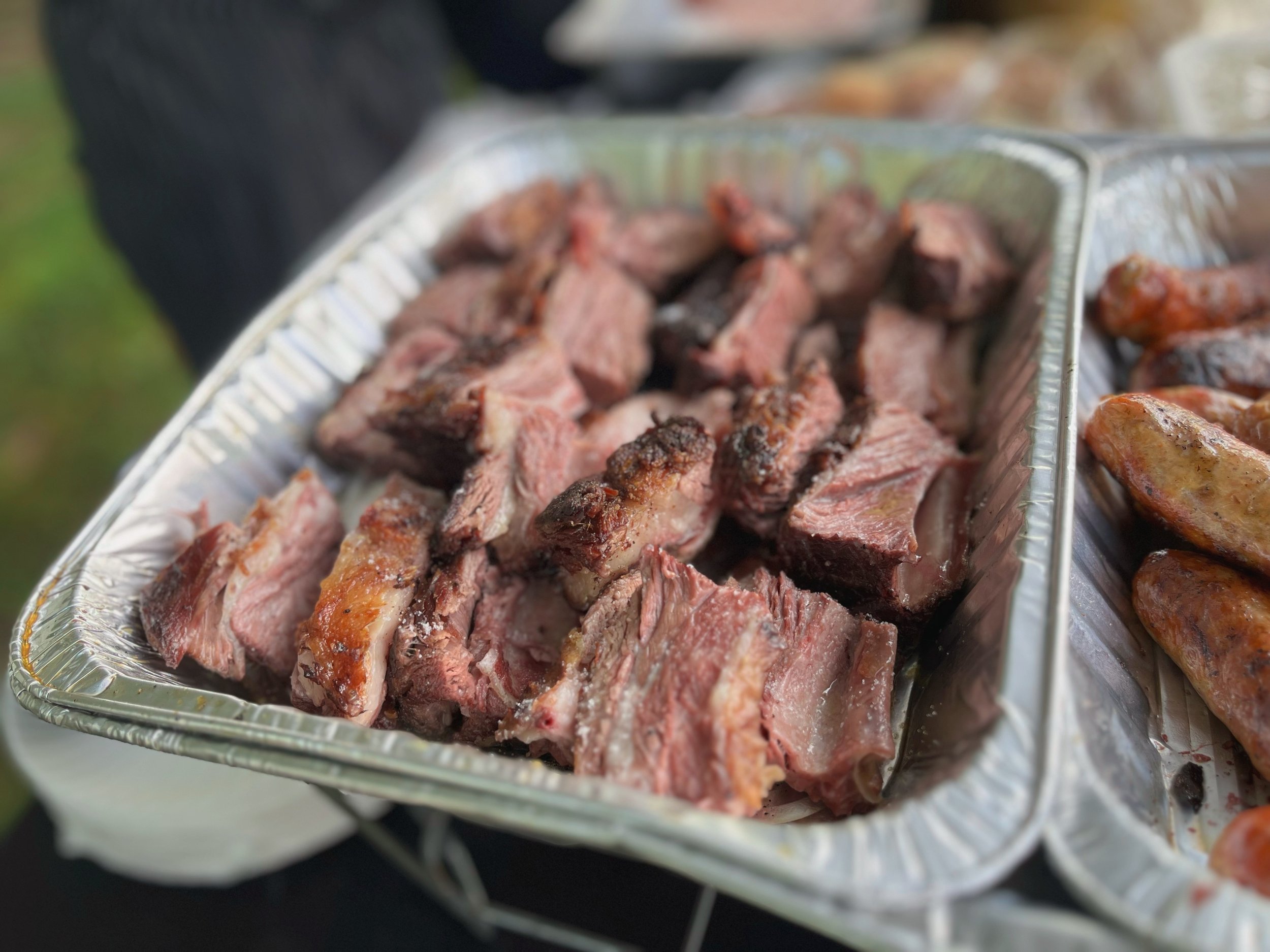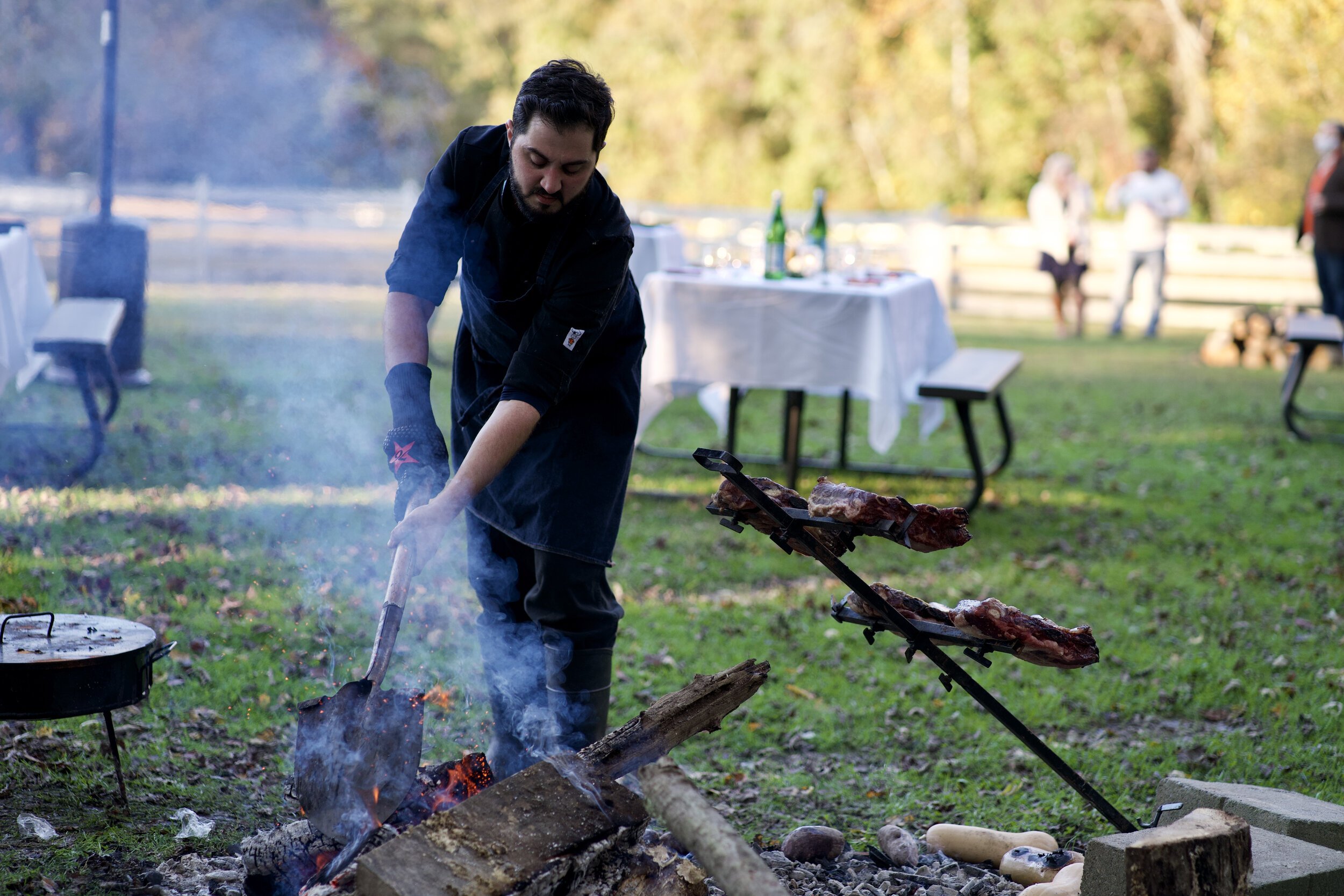Secrets of the Argentinian Asado: Cooking Techniques, Cuts and Seasoning
I discovered the best kept secrets about the Argentine asado. In this article, I am going to tell you all about the fascinating world of cooking over the coals. I will teach you all about the preparation of an authentic asado, where every detail matters and every technique has its purpose.
Today, I want to share with you some secrets of the Argentine asado, a culinary tradition that has been part of my life for as long as I can remember. For me, asado is much more than a simple meal, it is an art that requires patience, knowledge and dedication. Let me reveal to you all the traditional techniques, cuts and seasonings that make the Argentine asado an unparalleled experience.
The first step in preparing a perfect asado is to determine the cooking time depending on the number of people and the cuts of meat selected. If, for example, we are feeding a large group of people, we can opt for bone-in meats, such as ribs, since a very large piece of meat can be removed. It is important to note that these types of cuts require a slow cooking time of approximately 3 hours. The key is patience and making sure to turn the meat to obtain a uniform and juicy cooking.
In situations where time is short, we can resort to thinly sliced ribs on the bone side. These are cooked for approximately 40 minutes on one side, and a final 20 minutes on the other side to ensure proper cooking, so we'll have a delicious asado ready in just one hour!
But Argentine asado is not only limited to bone-in cuts. We can also enjoy an exquisite "vacío", a thicker cut of meat without bone. For its preparation, I turn the “vacío” three times to achieve the perfect caramelization on each side. By cooking it slowly, the internal juices are transformed, the fats melt and the meat acquires an incomparable color and texture.
Some people prefer the meat fully cooked because they think that otherwise blood will remain in the meat, but the reality is that what remains are the meat juices plus the lard, which is the intramuscular fat that has melted thanks to the fire.
Personally, I always recommend that the meat is cooked at medium heat, that is to say, neither red nor well done. This allows you to enjoy the perfect texture and juices of the meat. When cut, the delicious juices that enhance its flavor are released. It is important to select cuts of meat with intramuscular fat, since this fat melts during cooking and provides a unique flavor.
As for seasoning, in Argentina we like to keep it simple but tasty. Generally, we use only salt to enhance the natural flavors of the meat. However, marinating is another technique I use to add complementary flavors. The difference between seasoning and marinating lies in how the seasonings are applied. While seasoning is done directly on the meat, running the risk of burning on the grill, marinating is done by dipping the meat for at least an hour usually, prior to cooking, in oils, butters or broths with spices. This allows the flavors to slowly permeate the meat, enhancing its flavor and texture. A very strong custom in Argentina is to season with Chimichurri (parsley, garlic, vinegar, olive oil and spices) once the meat is cooked. I highly recommend you try it with my Nativo Spices Chimichurri spice: https://www.nativospices.com/shop/p/chimichurri.
Remember that each cut of meat requires its own specific cooking technique and time. As you work with the fire, it is important to adapt and control the temperature to achieve the desired results. If the grill is too hot and the meat browns quickly, the temperature is lowered without a problem and we can form a "halo" with the coals around the meat to avoid overcooking. If the grill was cold and we have placed the meat on it, it can stick to the Grill. It is therefore important not to move it so that it does not break and to add more fire under the meat until the crust is done. We must also keep in mind that it takes time for the temperature to penetrate the meat, so it is necessary to turn it to make sure it cooks evenly.
In the United States, the trend is to use charcoal or propane for cooking, but I always prefer natural charcoal made from different types of processed wood. Wood, on the other hand, is mainly used for smoking meat and adding additional flavors. In my preparations, I combine the smoky flavor of oak, maple and/or apple wood with charcoal embers for a perfect balance and an authentic Argentine asado experience.
I hope these tips and secrets of Argentine asado inspire you to explore and enjoy this exciting culinary tradition. Remember, asado is more than just a meal, it is a time to share, celebrate and enjoy the unique flavors that Argentinian meat provides.
The comments and experiences of each of you are very important to me! We invite you to follow us and share your asado experience on our social networks. If you have questions about the techniques of the Argentine roast, I'll be delighted to answer. In addition, I invite you to subscribe to the newsletter to keep getting the weekly blogs. And do not hesitate to share it with your friends and family so that together we continue to grow as a large community of lovers kitchen! Thank you for being part of this culinary adventure!





